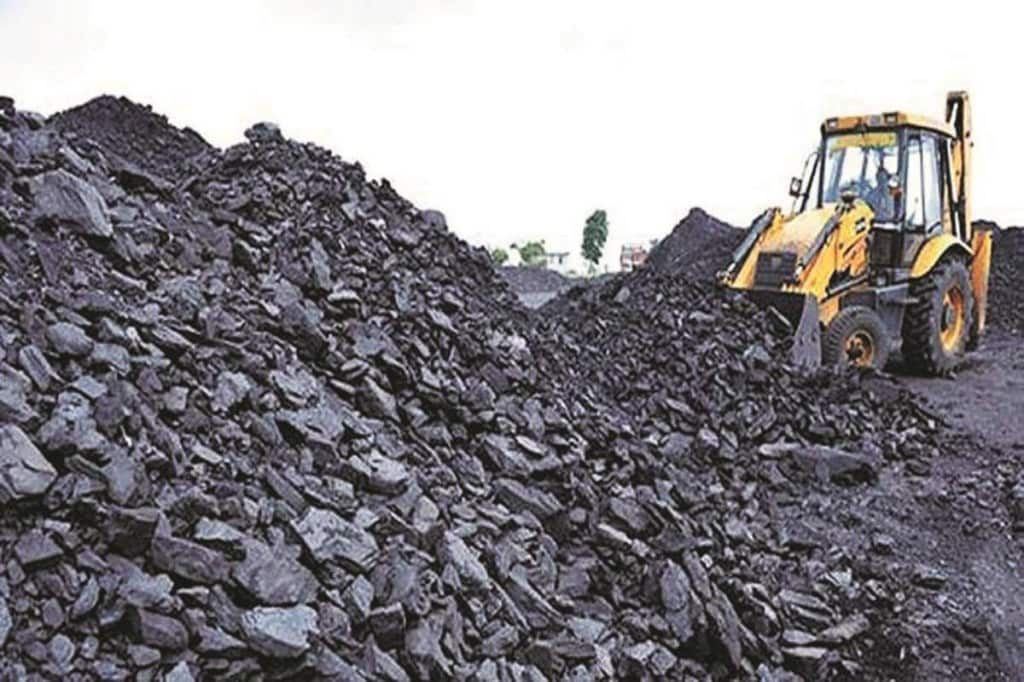As the country’s peak power demand recorded a new high at 187.3 GW on January 22 morning, Coal India (CIL) said more than 78.6% of the power generated during the day was coal-based. The PSU miner’s pithead stocks at 63 million tonne would enable it to push more coal into the power sector, even if the peak demand crossed the new high.
Thermal power generation has started showing an upward trend following an increase in the peak demand with 185.82 GW recorded on January 20 followed by 187.3 GW on January 22. Of the total 3.906 billion units (BUs) generated on January 22, coal-fired generation contributed to the bulk with 3.072 BU.
“CIL is well geared to meet any surge in demand for the dry fuel from the power sector especially on the back of close to 63 MT stock at its pitheads,” a CIL executive said, adding the company was also moving ahead towards increased production with commitments to scale up the supplies to coal-fuelled power plants.
Against this backdrop, close to 67% of the total coal-fired power generation in the country is fuelled through CIL supplies.
Of the 199 GW of coal-based power programmed for generation per day during the ongoing fiscal year, 133 GW is scheduled from CIL-linked coal. Average coal-based power generation of power per day which was 2.795 BU till Friday spurted up to 3.072 BU, a jump of nearly 10% on the morning of the record-making day. Coal-based power generation remains consistently high among all other categories.
“This increase in coal-based power generation bodes well for us. If this continues, we could expect our supplies to power sector to increase in the near future,” the CIL executive said. But power plants require to submit adequate programme at the coal companies to avoid any shortage in supplies as the demand has started peaking.
CIL is focusing on ramping up its supplies to pithead power plants to higher levels, thereby influencing cost of per unit power generation to come down. Coal transportation cost to pithead power plants is comparably lower than long distance based ones, making the landed cost of coal lower, which in turn makes generation cost economical.


